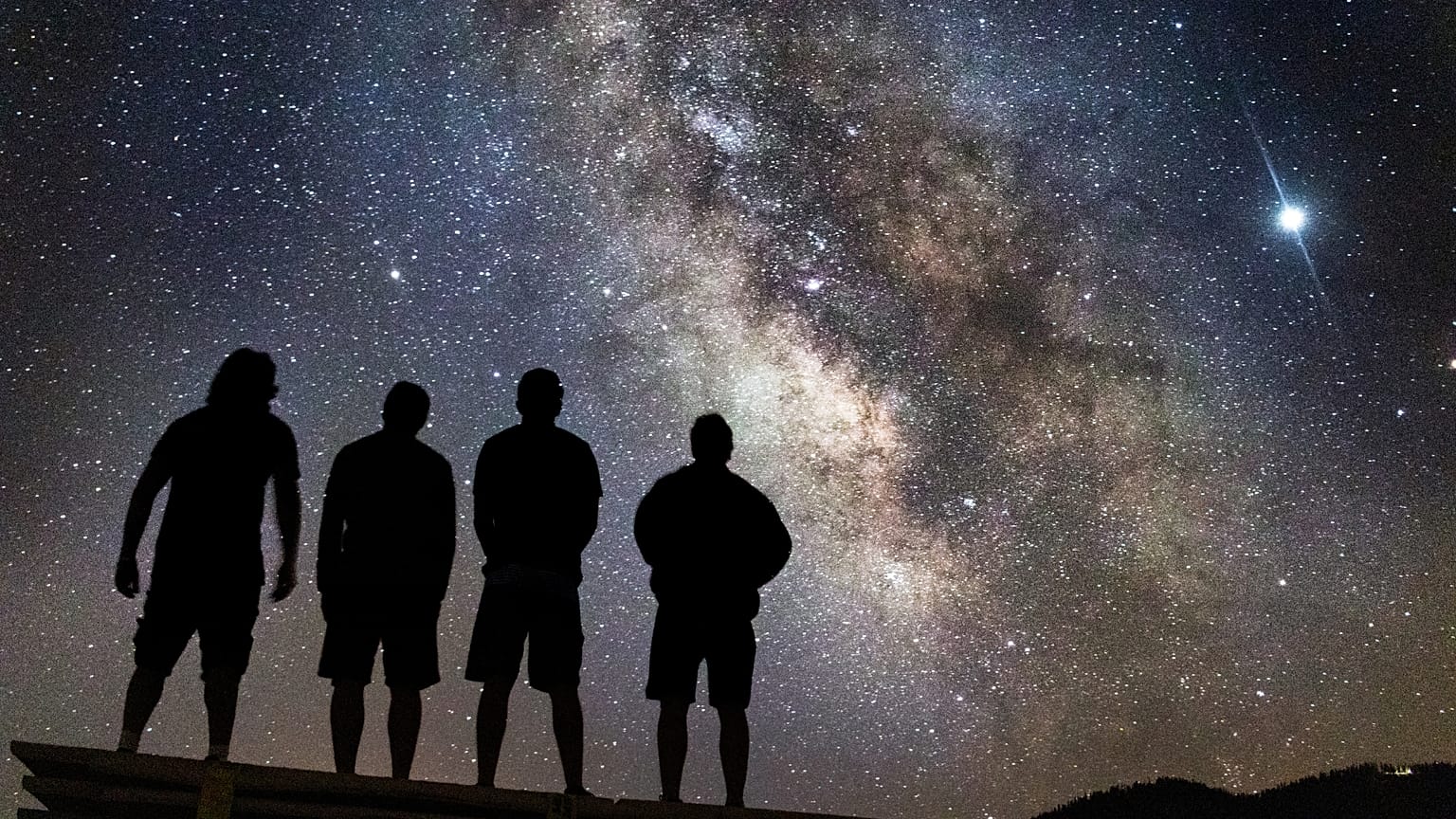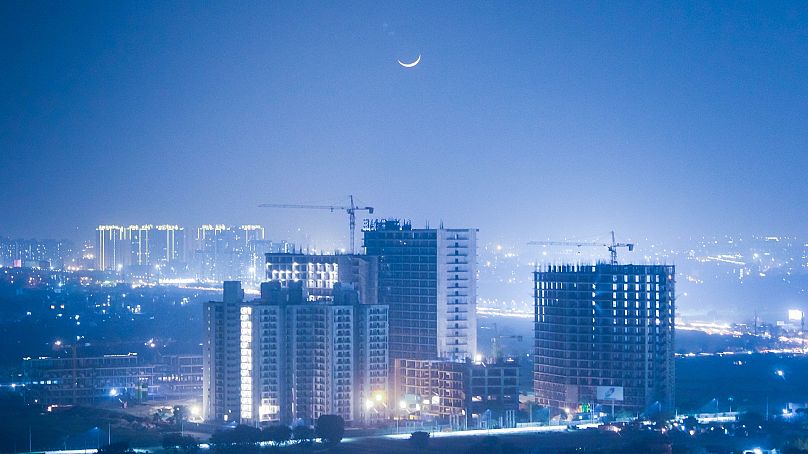Astronomers say LEDs and advertisements could be causing the sky to get brighter.
The number of stars we see in the night sky is rapidly decreasing due to light pollution.
Over the last 12 years, citizen scientists around the world have been gathering data on the constellations they could see. In total, they submitted more than 50,000 ‘naked-eye’ observations between 2011 and 2022 as part of the Globe at Night project.
A recently published analysis of this data found that the reported changes in visibility were the equivalent of a 9.6 per cent increase in sky brightness every year.
If the sky continues to brighten at this rate, a child born today will be able to see less than half of the stars now visible by their 18th birthday.
“The rate at which stars are becoming invisible to people in urban environments is dramatic,” says Christopher Kyba, lead author of the study.
White LEDs and adverts impact star visibility
Across much of the planet, the sky continues to stay light long after the sun has set. This artificial twilight - known as skyglow - has serious consequences for the environment.
The brightness of the sky is usually measured using satellites which are sensitive to light shining straight upwards. They report a much smaller 2 per cent increase in sky brightness.
The study’s authors were surprised by the results that came from human observations.
Kyba explains that it is “horizontally emitted light that accounts for most of the skyglow.”
“So, if advertisements and facade lighting become more frequent, bigger or brighter, they could have a big impact on skyglow without making much of a difference on satellite imagery.”
There has also been a widespread switch away from more traditional orange sodium vapour lamps to white LEDs. An increase in their use might also be to blame for the rate at which the night sky is brightening.
Kyba says that our eyes are more sensitive to the blue light that LEDs produce and it is more likely to be scattered into the atmosphere causing skyglow.
“But the only satellites that can image the whole Earth at night are not sensitive in the wavelength range of blue light,” he adds.
Why is light pollution a problem?
On a clear dark night, the researchers say the human eye should be able to see thousands of stars. But less than 30 per cent of people around the world are able to get a clear nightly view of the Milky Way.
It shows that pollution is blocking the starlight and sunlight that biological systems on earth have evolved to rely on. This can have a negative effect on human health, increasing our risk of sleep disorders, obesity and depression. It also impacts wildlife, for example by drawing pollinating insects to artificial lights instead of plants.
The study’s authors note that existing attempts to limit the problem, such as laws in France that force offices and shops to turn off lights at night, are not stopping it from getting worse. They stress the importance of protecting dark skies.



















